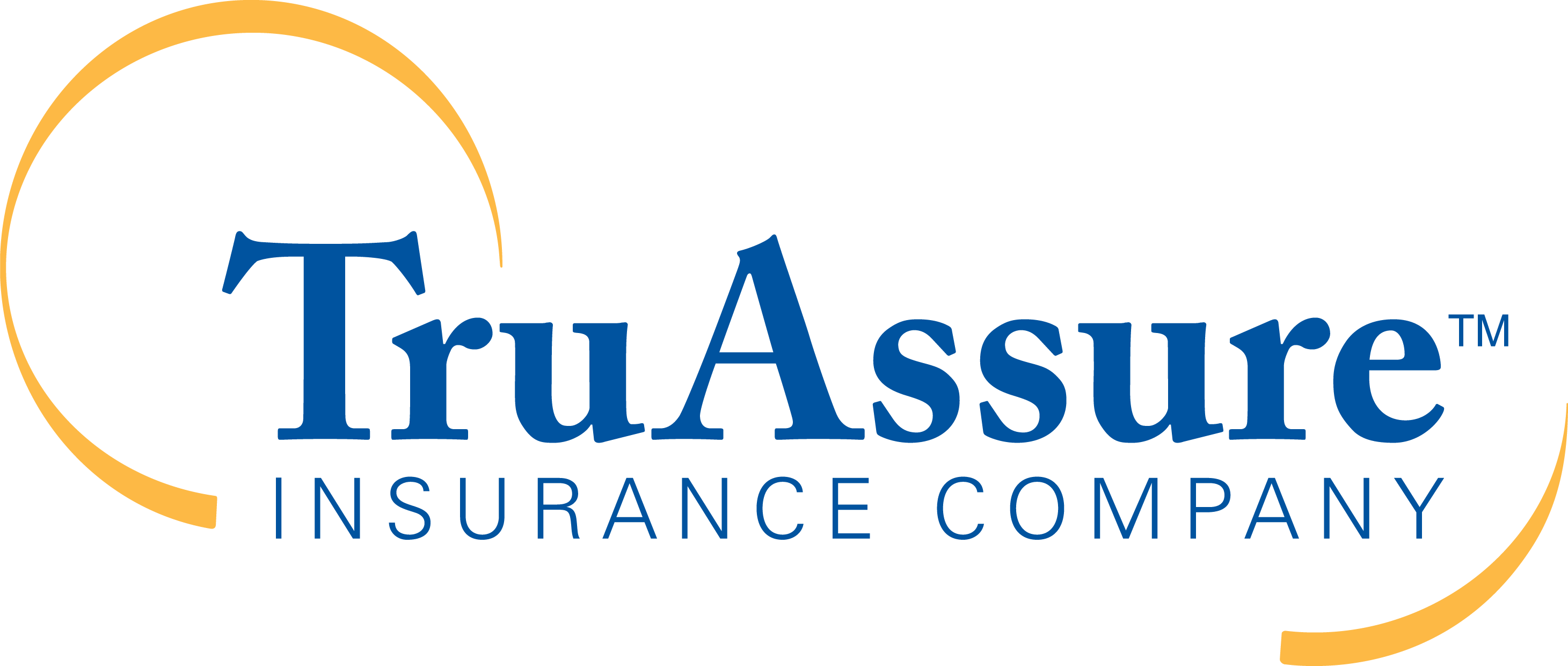Oral Cancer: Know the Signs

According to the American Cancer Society, over 50,000 Americans will be diagnosed with oral cancer. Do you know the signs and risk factors of this serious disease and what you can do to help prevent it?
Your dentist can help spot signs of many diseases, including oral cancer, early. Take some time to learn about how to recognize the signs of oral cancer, what you can do to decrease your chances of developing it and why visiting a dentist is the best way to catch the disease in its tracks.
Warning Signs of Oral Cancer
Many parts of your mouth can be affected by oral cancer, including your gums, cheeks, tongue and lips. According to Mayo Clinic, potential symptoms of oral cancer can include a long-term sore throat, tongue pain, jaw stiffness, and difficulty or pain while chewing. Small red or white spots can also be an early symptom of oral cancer.
Many times these symptoms are mistaken for benign or common problems, so it’s important to seek the help of a medical professional to determine whether your symptoms are caused by oral cancer or something else. If you experience a mouth sore that does not heal, visit your dentist or doctor immediately.
While knowing the symptoms is important for early detection, there are certain risk factors and lifestyle choices that can increase your risk of developing oral cancer.
Risk Factors of Oral Cancer
While it’s still unclear exactly what causes cell mutations inside your mouth that lead to oral cancer, doctors have identified some common lifestyle factors that increase your risk.
Tobacco use, whether it be smoking or chewing tobacco, has a strong correlation to oral cancer. In fact, using tobacco contributes to about one-third of cancers in the U.S. If you do develop oral cancer, continuing to use tobacco can make treatment less effective and harder for your body to heal after surgery. Continued use also increases your risk of having the cancer come back or being diagnosed with a different type of cancer in the future.
Drinking excessive alcohol, especially in combination with smoking, is another risk factor for developing oral cancer. Other risk factors include increased sun exposure to your lips, a weakened immune system or exposure to the human papilloma virus (HPV).
HPV is so common that the CDC estimates that nearly all sexually active people will contract it in their lifetime. It also has a strong connection to the development of certain types of oral cancers. In fact, HPV is the leading cause of oropharyngeal cancer — which includes cancer of the back of the tongue, soft palate, sides of the throat and tonsils — and can cause a small number of oral cavity cancers, so it’s important to know your risk.
There are some things you can do decrease your risk of developing oral cancer.
Decreasing Your Risk of Oral Cancer
The best way to reduce your risk of developing oral cancer is to eliminate certain behaviors that make you more susceptible to the disease.
If you smoke or use tobacco, you need to quit. While not everyone who uses tobacco is diagnosed with oral cancer, there is a strong correlation between tobacco use and the development of oral cancer. Limiting your alcohol consumption, especially in combination with tobacco use, will lower your risk for developing oral cancer.
You can also improve your diet by including more cancer-fighting antioxidants and vitamins. These are best found in a variety of fruits and vegetables.
While these tactics are a great way to improve your overall health and reduce your cancer risk, about 25 percent of oral cancer patients have no known risk factors in their life. Since not all cases of oral cancer are preventable, early detection is key to successfully treating the disease.
Oral Cancer Early Detection and Dental Visits
People usually visit dentists more frequently than a regular physician, which allows dental professionals to detect many diseases early, including oral cancer. A routine dental exam includes screening for cancerous or precancerous lesions.
According to the American Cancer Society, 66 percent of those diagnosed with oral cancer are likely to live for 5 years or more. But when oral cancer is detected in its later stages, the survival rate is lower — which makes regularly visiting a dentist, who can detect oral cancer symptoms before the disease develops further, all the more important. Should you have any unexplained red or white spots in your mouth, your dentist can quickly and painlessly perform a brush biopsy to test for oral cancer. Further testing may be conducted if a dentist deems it necessary.
Even when you maintain healthy lifestyle choices and limit your risk factors, the single best way to stay informed about your oral health, including oral cancer, is to get regular checkups from your dentist. To schedule your next appointment with an in-network dentist near you, use TruAssure’s Find a Provider tool.


Add comment